This tab assembles information about the numerous illustrators of Lucile, placing their work in chronological order by date of appearance.
Lucile was first published in 1860; it was first illustrated in 1868 in an edition with text and 24 illustrations commissioned from George du Maurier (1834-1896) by Chapman & Hall in London and shared with Ticknor & Fields in Boston. The wood engravings were cut by William Luson Taylor (1830-1900), an engraver and founder of two London newspapers, The Graphic (1869-1932) and The Daily Graphic (1890-1926). Each portion of the edition had its own title page. Copies bound in England were then distributed by Chapman & Hall; those bound in Boston were distributed by Ticknor & Fields. There seems to have been a single Englsh edition with these plates, but Ticknor & Fields and its successor firms reprinted it numerous times.
Because the plates were printed and published in London, they enjoyed no copyright protection in the U.S. Consequently du Maurier's images were used by American reprint publishers as early as 1877 (cf. Adams, Victor & Co.), sometimes re-engraved (as here) but more often photographically reproduced. Use of these illustrations by U.S. reprinters continued until at least 1920.
Since the du Maurier plates were familiar to a large part of Lucile's readers, they are all reproduced here as are the 19 plates by the Ammerican News Company around 1880. Images of other, specifically and independently illustrated, U.S. editions are outlined below but are (or will be) linked to independent pages. Please note that not all illustrated editions are listed here; many reprint publishers, among them Altemus, Burt, Caldwell, and Hurst, pulled in illustrations from multiple sources on a seemingly ad hoc basis and prove difficult to describe (though some information is available on each of these publisher's pages).
Lucile's text was set in print between 30 and 40 times, so although stereo- and electroplates were widely used, page numbers nonetheless vary widely among editions. To find the text each image illustrates, click on the image to load the "large" version. Information is then entered in the caption as:
(a): The number of the page in the 1868 edition (or the 1880 American News Company edition) to which the plate has been inserted (i.e., the page it opposes). Even page numbers indicate the illustration is shown on an opposing recto whose verso is blank. Odd page numbers similarly indicate the illustration is on a verso facing the page. The blank rector faces the text page with one number lower.
(b): Part (I or II)/Canto (I-VI)/Verse (I-XVI). For example, I/II/IX = Part I, Canto II, Verse IX. Line number(s) are not cited but usually can be easily located.
(c): Text of the illustrtion's caption (if there is one); or text (partially) quoted.
(d): Explanatory note, bracketed.
THE 1868 DU MAURIER ILLUSTRATIONS
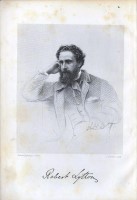
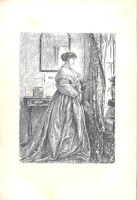
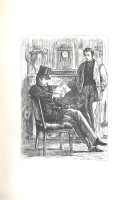
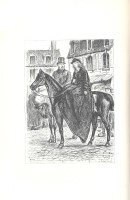
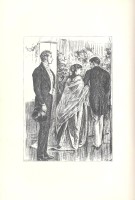
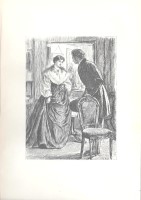
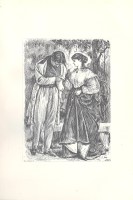
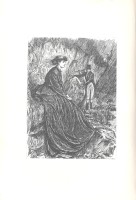
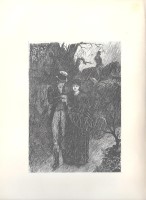
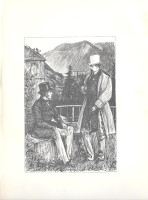
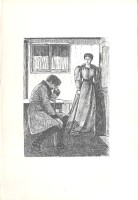

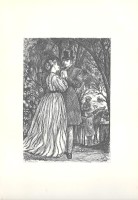
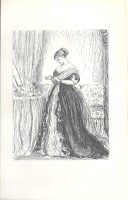
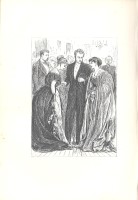
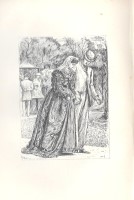
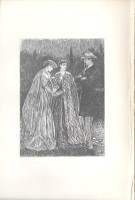
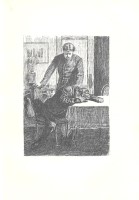
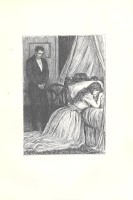
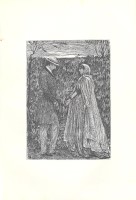
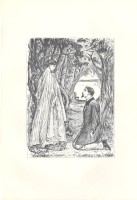
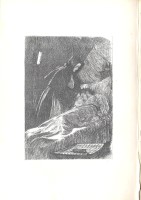
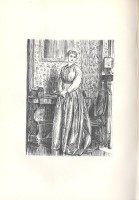
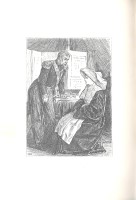
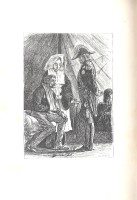
THE FIRST U.S. ILLUSTRATIONS - 1880
The earliest editions illustrated with electroplates created by U.S. artists and engravers appear to be those first advertised in 1880 and used in various later editions issued by the American News Company. While priority has not been established, the smaller set -- six plates -- may have appeared in 1880 copies of its Excelsior Edition are reproduced here first. A larger set -- 13 plates advertised 1881-1885 as "The best edition of this beautiful word-painting of Owen Meredith (Lord Lytton), with numerous illustrations. New Type -- New Electrotype Plates -- Fully Illustrated and Complete. This New Edition of the British Poets is not duplicated from English plates, but is printed from entirely new electrotype plates, cast from new fonts of type, and contains more matter than any other edition, English or American, issued at so low a price" -- is placed second.
Only four of the 19 plates include initials or monograms that may indicate artist or engraver. These are the second and fifth in the first set and the first and seventh in the second set. None of these has yet been identified.
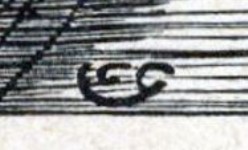
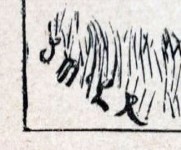
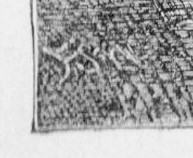

American News Company Set 1
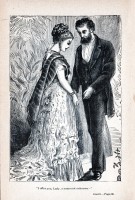
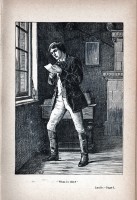
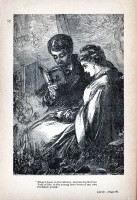
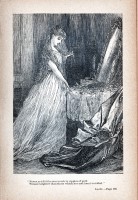
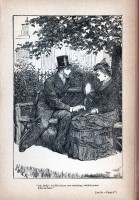
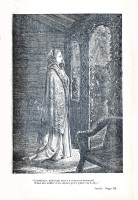
American News Company Set 2
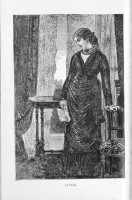
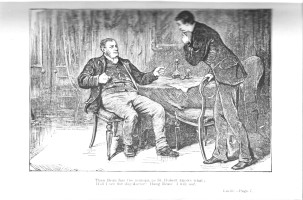
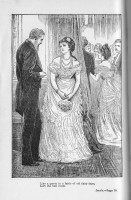
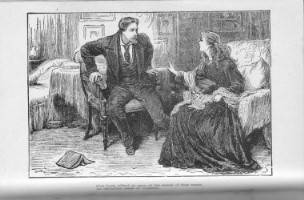
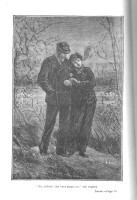
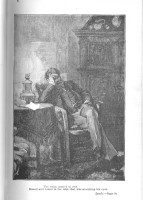
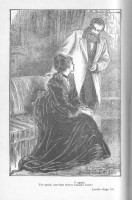
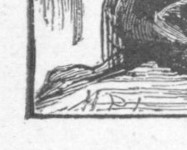
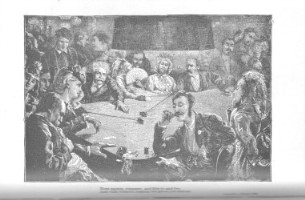
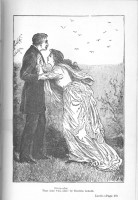
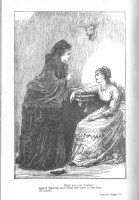
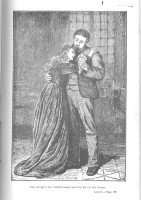
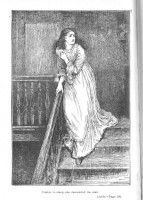
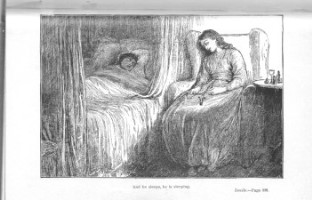
OSGOOD'S 1881 ILLUSTRATED "HOLIDAY" EDITION
The second (and last) illustrated English edition used sheets of James R. Osgood's 1881 "Holiday Edition," as well as his later reduced-size editions, sheets of which were all bound and which were issued by Kegan Paul, Trench & Company.
James R. Osgood, 1881. "Holiday Edition" with lead illustrations by Mary Hallock Foote; E[dward] H. Garrett; E[dward] P[arker] Hayden; L[udwig] S[andoe] Ipsen; F. E. Lummis; Thomas Moran; J. E. Palmer; Granville Parker; F[rederic] B[enjamin] Schell; W[illiam] L[add] Sheppard; James D[avid] Smillie [1833-1909]; F. Hopkinson Smith; W. P. Snyder; and A[lfred] R[udolph] Waud (1828-1891); the engravings by [Varick Stout] Anthony, [John] Andrew & Son, [Victor L.] Chandler [Co., Engraving on wood and electrotyping], W. B. Closson, and other well-known engravers. For an informative biography of Taylor, see William Ladd Taylor (1854-1926), American Illustrator. Taylor also illustrated (and provided page decorations for) the first separate publcation of Meredith's The Earl's Return (Boston: Estes & Lauriat), 1886.
Marry Hallock Foote (1847-1938) was a popular American illustrator who had moved from New England to Idaho by the time Osgood commissioned 12 full page drawings from her. A talented middle class woman who had not traveled in Europe, Foote knew little about the dress and demeanors of Meredith's characters and struggled with the assignment, completing just five full page illustrations (including a frontispiece) before resigning it. Foote's illustrations, and many of those by others, were reproduced in reduced size in Osgood's smaller and less expensive Tremont and Pocket editions.
The 160 illustrations have not been scanned, but a prefaced "List of Illustrations" gives a good impression of their range (click image to enlarge):
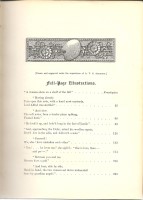
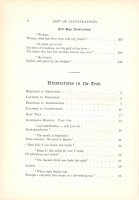
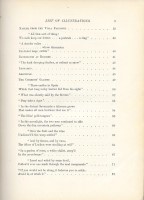
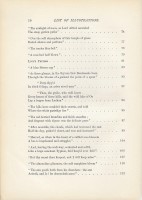
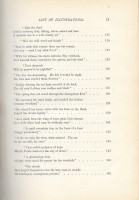

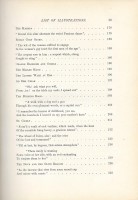
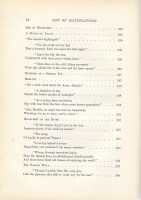
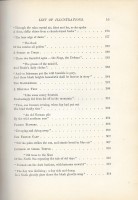
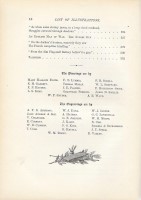
LATER ILLUSTRATED EDITIONS
T. Y. Crowell & Co., 1883. British Poets, Favorite Illustrated Edition. Designs by [William Ladd] Taylor, [Frank TThayer] Merrill (1848-1923), [John Douglas] Woodward, [Frederic Benjamin] Schell, [Robert Swain?] Gifford, [Edward H.] Garrett, [Edward Parker] Hayden, and others; engraving by George T. Andrew.
White, Stokes & Allen, 1886. Family edition. Illustrations by H[enry Newell] Cady (1849-1935), the poem being enclosed within graceful decorative borders printed in tints and designed by W[illiam] St. John Harper (1851-1910).
T. Y. Crowell & Co., 1888. Family Edition: [Frank Thayer] Merrill, [Charles] Copeland, Edmund H. Garrett, et al. The plates used in this (and many other) edition, some derived from du Maurier, others used in 1883, and some commissioned later weretreated to a copyright notice, "1883 & 1885", on the verso ot the title page. The text is printed on sheets pre-printed with floral borders in "tints," i.e., soft brown and green.
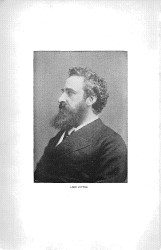
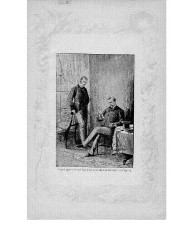
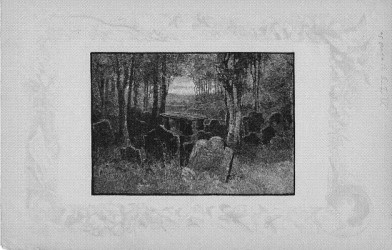
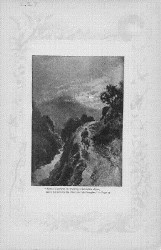

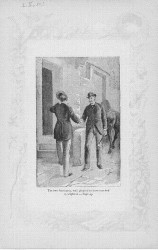
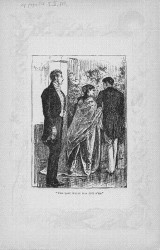
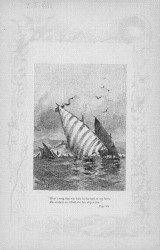
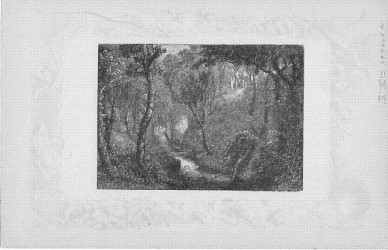
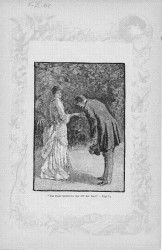
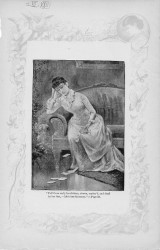

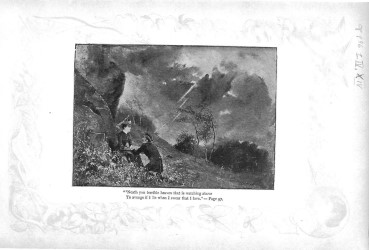
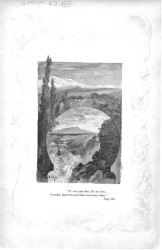
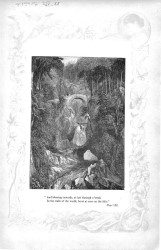
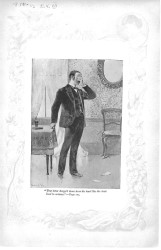
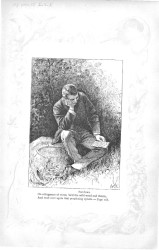
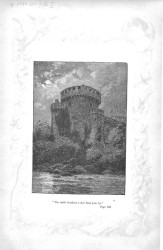
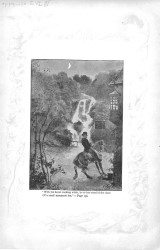
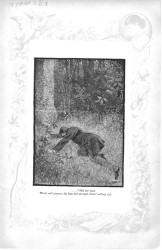
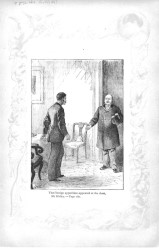
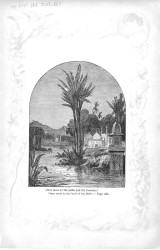

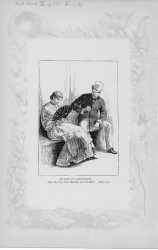
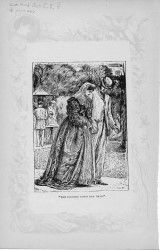
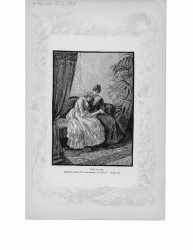
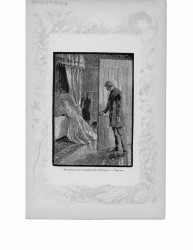
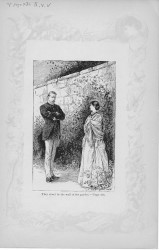
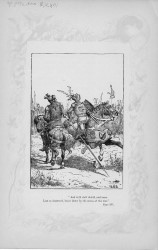
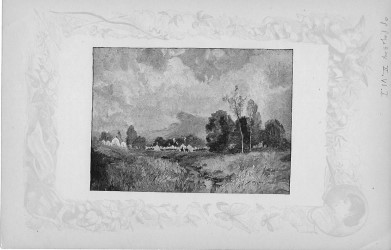
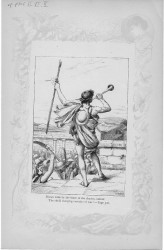
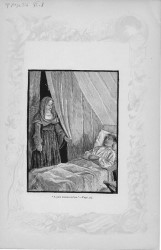
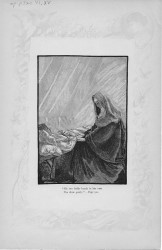
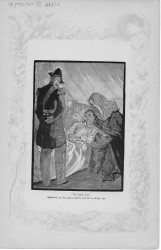

Houghton, Mifflin & Co., 1890. Family Edition. Houghton Mifflin copyrighted the plates used in this edition "1881 by James R. Osgood & Co.", i.e., selected plates taken over from the Holiday Edition following Houghton Mifflin's acquisition of Ticknor & Co. (which had earlier absorbed James Osgood & Co.).
F. A. Stokes & Brother, 1889. Vignette Edition, 100 new half-tone engravings by Francis ["Frank" Marion] Gregory. Only ten of the 100 half-tone illustrations in this edition were full-page, with the other 90 of varying size "set in the text in an artistic manner," all by illustrator Frank M. Gregory. This edition was continued by Frederick A. Stokes Co. in a large array of bindings, and sheets were also sold to other publishers, notably James Pott & Co. and Dodge Publishing Company.
Estes & Lauriat, 1893, a "holiday" edition. "Imperial 8vo" in size, with a frontispiece portrait of Lucile by W. L. Taylor plus "photogravures from landscape views and photographs of the scenery and localities mentioned in the poem."
Frederick A. Stokes Company, 1893. This folio edition carried "twelve [full page] fac-similes of water-color paintings," 12 half page half-tone drawings and a number of smaller illustrations by American artist and illustrator Thomas McIlvaine. It also carried over many of Gregory's half-tone drawings from the "Vignette Edition." Stokes also published the water-colors separately in the form a calendar. McIlvaine's illustrations are imaged on the Stokes page.
Frederick A. Stokes Company. 1897. Another folio "Deluxe" edition, with title page designed by the prominent designer Will H. Bradley and binding by Amy Richards, this also contained chromolithographs of 12 paintings by popular French water-colorist Madelaine Lemaire and incorporated 100 half-tone engravings by C. McCormick Rogers. At the same time, Stokes issued a smaller format trade edition, with a reduced-size version of Bradley's title page and his binding design, entirely different from the deluxe edition; in this edition the Lemaire plates were printed in half-tone. The lithographic plates were also issued as a calendar. Lemaire's plates are image on the Stokes page.
Rand McNally & Co.. 1906-1907. American ilustrator, caricaturist, and editorial cartoonist W[illiam] W[allace] Denslow (1856-1915), now best remembered for his illustrations for L. Frank Baum's Wizard of Oz books, was commissioned to create title page designs (and perhaps binding designs) by the Chicago publisher Rand McNally & Co. He did not fully illustrate Lucile but designed the title page -- and almost certainly the binding -- for its 1906-1907 Full Leather Library Edition. Though not signed, design work in other editions seems very much like his known work.
Last revised: 14 June 2024